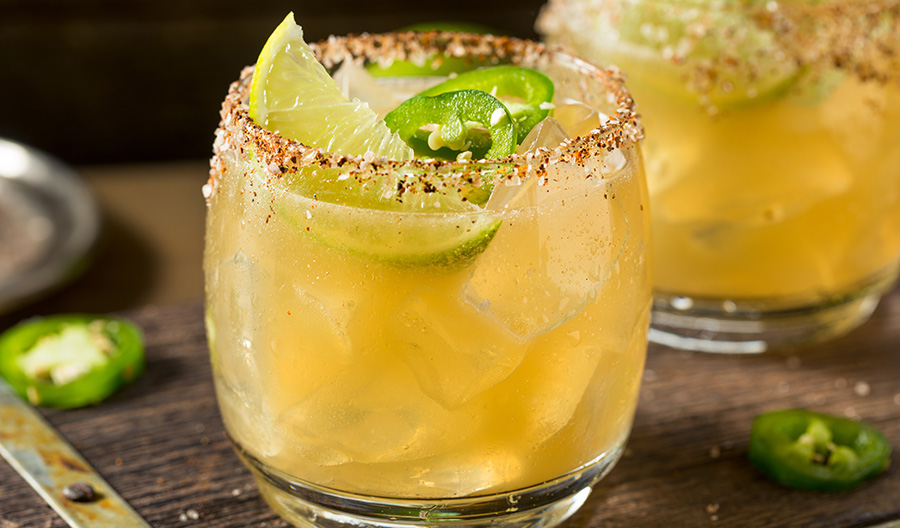The Margarita is an icon of cocktail culture. It’s one of the most requested cocktails in the U.S. and an international favorite. Let’s take a look at the drink’s colorful past and learn how Margarita innovation can make a flavorful splash on your beverage menu.
A Storied (and Slightly Mysterious) Past
Tales of how the first Margarita was created are numerous, and the vast majority point to Mexico as its origin. After that, some details are less clear. Several people have claimed to be its inventor, and different accounts say the drink was named for or inspired by a jazz singer, an actress, or a socialite who ordered a drink and was pleasantly surprised with the concoction that’s become popular today.
Cocktails with similar recipes date back to the 1930s, but the first known mentions of a cocktail called the Margarita occurred in 1953, first in a California newspaper and then later that year in Esquire magazine. Although its true origins may have been lost to history, the popularity of the Margarita recipe remains uncontested.
The Classic Margarita
The classic Margarita recipe contains three ingredients — tequila, orange liqueur, and lime juice. Blanco tequila, also known as silver tequila, is the base spirit and star of the cocktail. Orange liqueur adds sweetness, while lime juice balances the flavors with brightness and acidity. Additional sweeteners like simple syrup or agave syrup can also be added. From this foundational recipe, the possibilities for innovation are endless.
With its origins in Mexico, the Margarita is a perfect fit for Cinco de Mayo celebrations, and its versatility makes it an all-occasion favorite. Experimenting with a few principal elements can take the beverage to new levels and uncover Margarita-inspired masterpieces.

It's All About the Base
Stir things up by introducing a different base spirit. As the premiumization trend grows, crafting Margaritas with premium tequila is an easy way to amp up its appeal. Push the envelope even further by switching from blanco tequila to reposado or add a hint of smokiness with mezcal. To really step outside the box, experiment with a non-agave spirit like vodka, gin, rum or Champagne.
Fresh and Fruity
Fruit juices and purees can be used in place of orange liqueur to create a flavorful twist and reflect seasonal preferences. For example, tropical fruits like passionfruit and mango create a summerlike tone while apple cider or cranberry juice can evoke a cozy, autumnal mood.
Some Like It Hot
Jalapeños, dried chilis, and other spicy elements can be steeped in simple syrup, infused into base spirits, or turned into tinctures that add spice to the cocktail. Spice blends can also be added to or replace the salt rim on the glass for added flair.
Whatever the ingredients, the key to successful innovation lies in balancing the flavors.
Celebrate the Margarita's storied legacy by encouraging patrons to embark on a journey of Margarita discovery. Experiment with an array of inventive flavors and enjoy the exploration.

